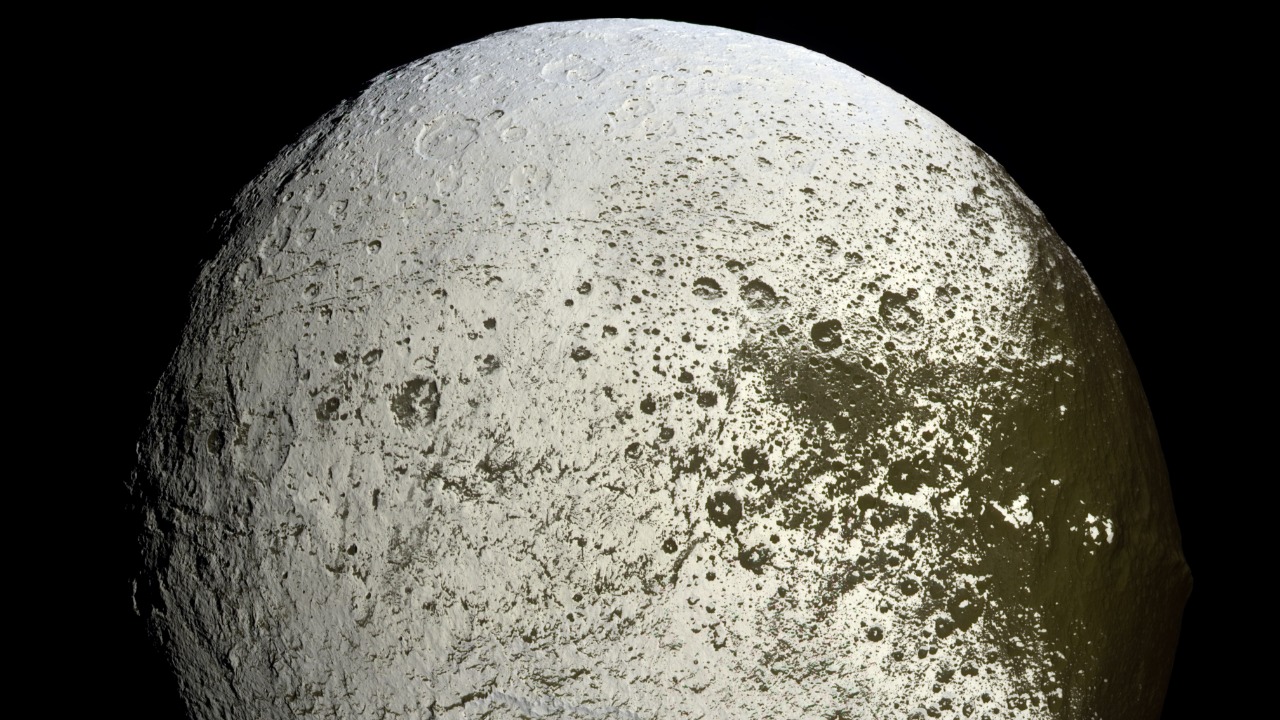
The moon, our closest celestial neighbor, has long been a source of fascination and mystery. Despite numerous missions and studies, there are still aspects of the moon that baffle scientists. Here are 17 moon mysteries that, despite our best efforts, remain unexplained.
1. The Moon’s Origin
One of the most enduring mysteries about the moon is its origin. The prevailing theory is that a Mars-sized body collided with Earth, and the debris from this impact eventually coalesced to form the moon. However, this theory, known as the Giant Impact Hypothesis, has several inconsistencies that scientists have yet to resolve.
2. The Far Side of the Moon
The moon’s far side, often inaccurately referred to as the “dark side,” is markedly different from the side we see from Earth. It has a thicker crust and is covered with more craters and fewer lunar maria (basaltic plains). The reason for this discrepancy remains a mystery.
3. The Moon’s Magnetic Field
Unlike Earth, the moon does not have a global magnetic field. However, certain regions of the moon’s crust are magnetized, suggesting that the moon may have had a magnetic field in the past. The origin and history of the moon’s magnetic field are still not fully understood.
4. Water on the Moon
For a long time, the moon was thought to be completely dry. However, recent discoveries of water ice in permanently shadowed craters at the moon’s poles have challenged this assumption. The source and distribution of water on the moon are still subjects of ongoing research.
5. Lunar Swirls
Lunar swirls are enigmatic features on the moon’s surface that appear as bright, curving streaks. They are associated with magnetic anomalies in the moon’s crust, but their exact formation mechanism is unknown.
6. The Moon’s Tidal Locking
The moon is tidally locked to Earth, meaning it always shows the same face to us. The process that led to this tidal locking, and why the moon’s rotation rate matches its orbital period so precisely, is still not fully explained.
7. The Moon’s Atmosphere
The moon has a very thin atmosphere, known as an exosphere, composed mainly of helium, neon, and argon. The processes that maintain this exosphere, and the source of its constituents, are not fully understood.
8. Lunar Seismology
Seismometers placed on the moon by the Apollo missions have detected moonquakes. These quakes are much less frequent and weaker than earthquakes, but their cause is still a mystery.
9. The Moon’s Internal Structure
Despite numerous seismic studies, the internal structure of the moon is still not well known. In particular, the size and composition of the moon’s core are subjects of ongoing debate.
10. The Moon’s Surface Composition
The moon’s surface is covered with a layer of fine dust, known as lunar regolith. The composition of this regolith varies across the moon’s surface, and the reasons for these variations are not fully understood.
11. The Moon’s Temperature Extremes
The moon experiences extreme temperature variations, from very hot during the lunar day to extremely cold during the lunar night. The exact reasons for these extreme variations are still being studied.
12. The Moon’s Orbit
The moon’s orbit around Earth is not a perfect circle, but an ellipse. The reasons for this elliptical orbit, and its implications for the moon’s formation and evolution, are still not fully understood.
13. The Moon’s Age
Estimating the age of the moon is a complex task. While most scientists agree that the moon is about 4.5 billion years old, the exact age is still a subject of debate.
14. The Moon’s Color
The moon appears grey to us, but its true color is a mystery. The moon’s surface is covered with a variety of minerals, each of which reflects sunlight in a different way, contributing to the moon’s overall color.
15. The Moon’s Effect on Life on Earth
The moon’s gravitational pull causes tides on Earth, and some scientists believe it may have played a role in the evolution of life. However, the exact nature and extent of the moon’s influence on life on Earth are still not fully understood.
16. The Moon’s Shrinking
Recent studies suggest that the moon is slowly shrinking as its interior cools and contracts. This shrinking is causing the moon’s surface to wrinkle and crack, but the exact rate and implications of this process are still unknown.
17. The Moon’s Future
What will happen to the moon in the future? Will it continue to recede from Earth, as it is currently doing? Will it eventually break up or collide with Earth? These are questions that scientists are still trying to answer.
In conclusion, while we have learned a great deal about the moon, it still holds many mysteries. As we continue to study our celestial neighbor, we can expect to uncover more of its secrets and, in doing so, learn more about our own planet and place in the universe.
More from MorningOverview